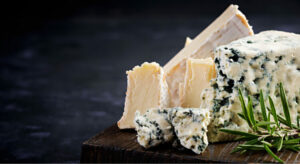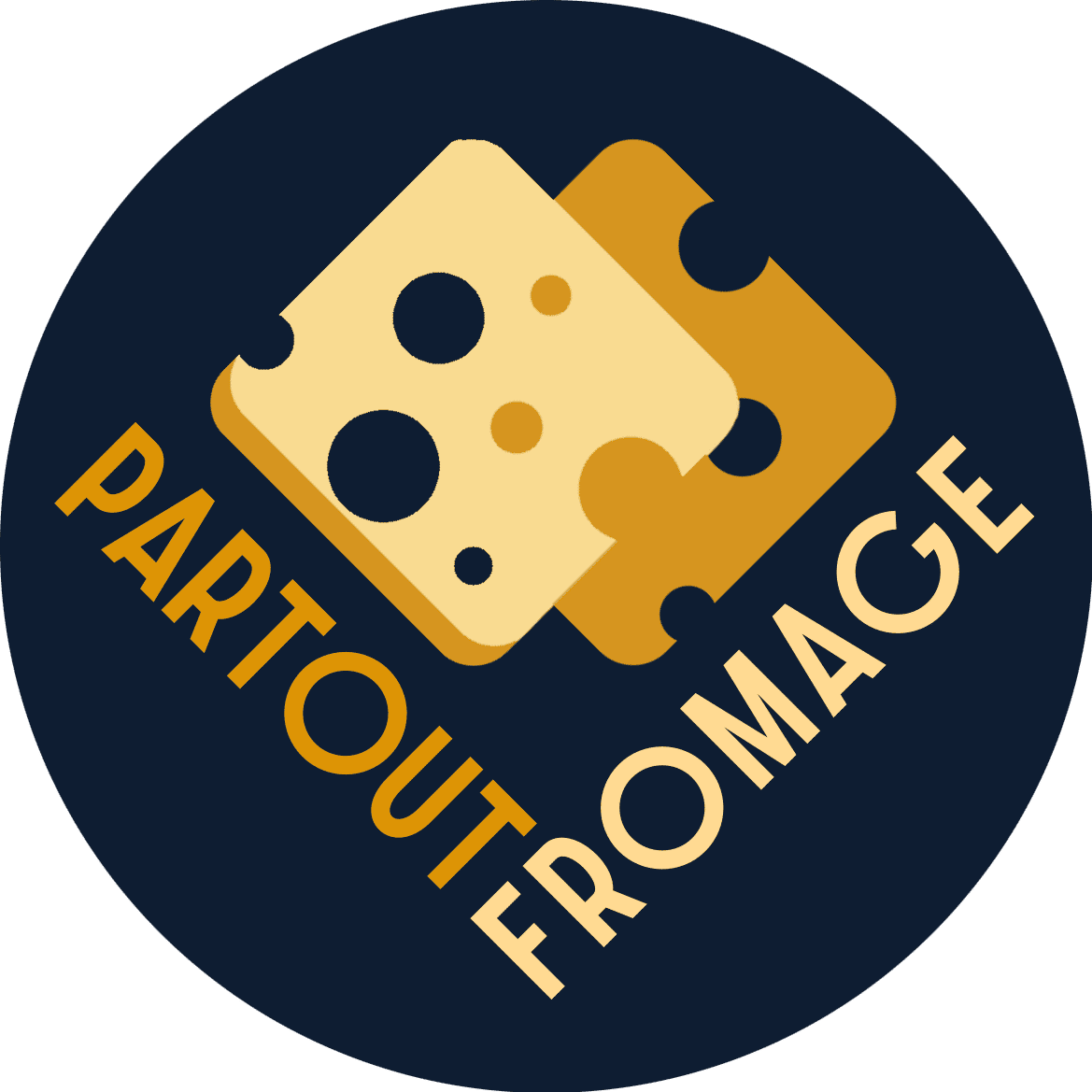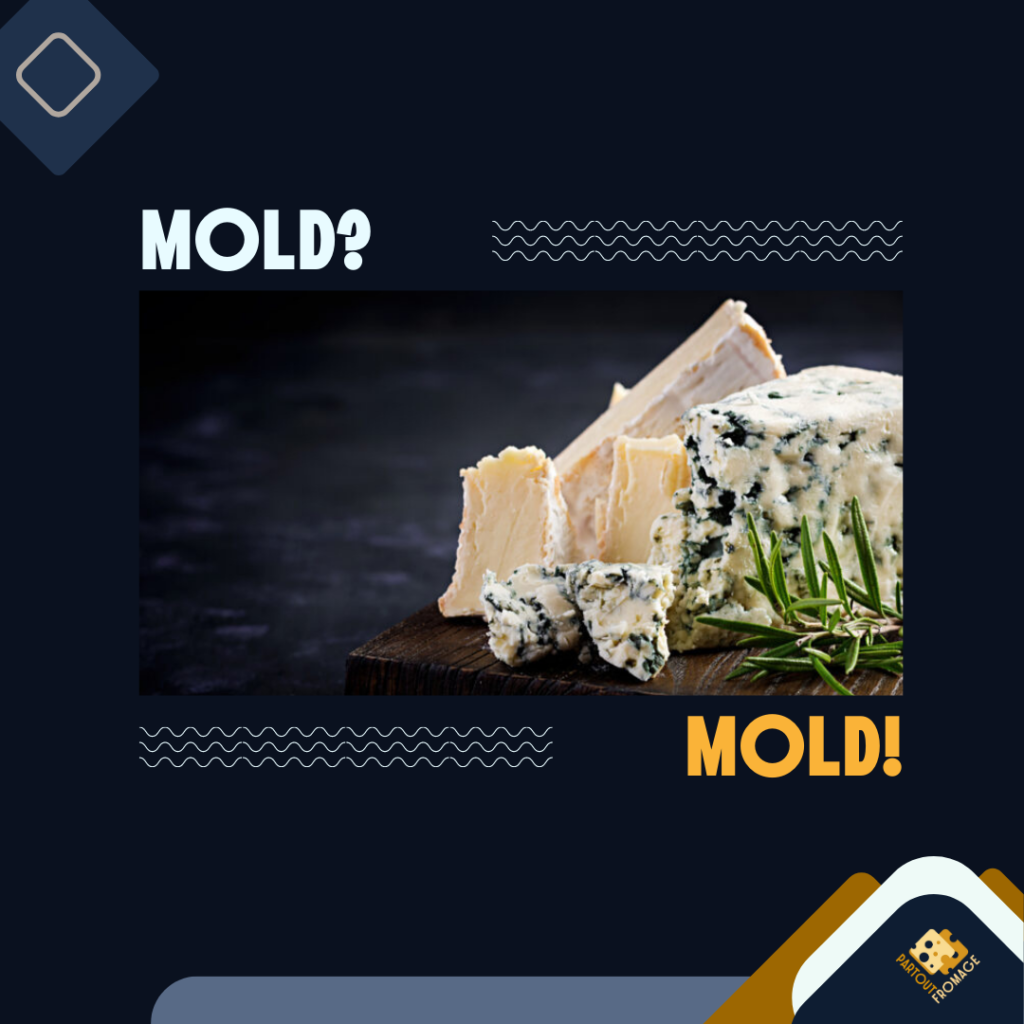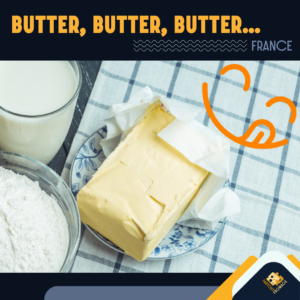Hey there, do you happen to love cheese? What about moldy cheese? If you’re like most people, you might be a bit hesitant to eat cheese that’s covered in mold. But no need to be scared! In fact, moldy cheese can be pretty tasty – as long as you know what you’re doing.
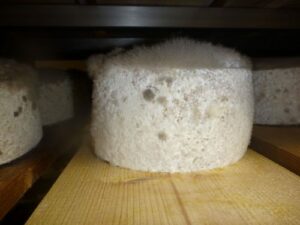
So, what exactly is moldy cheese and how is it made? During the cheese-making process, molds are often added to the cheese to create different textures and flavors. There are many different types of molds used in cheese making, but some of the most common are blue, white, and green molds. The two most typical varieties are Penicillium Candidum/Camemberti and Penicillium Roqueforti.
- Penicillium candidum/camemberti: I am sure that you are already familiar with it. This mold is often used in the production of bloomy rind cheeses such as Brie and Camembert. When applied to the cheese’s surface, it forms a white, velvety mold that helps to break down the cheese, giving it a creamy texture and contributing to its unique flavor profile.
- Penicillium roqueforti: This mold is used in the production of blue cheeses like Roquefort, Gorgonzola, and Stilton. It creates the distinctive blue or green veins found throughout these cheeses. The mold grows internally and develops as the cheese ages.
The goal of using these molds is to introduce specific enzymes and microorganisms into the cheese, which play a crucial role in the ripening process. The molds break down proteins and fats, influencing the texture, aroma, and taste of the cheese. They also help prevent the growth of undesirable bacteria by creating an inhospitable environment.
Now, let’s get to the big question: is moldy cheese actually safe to eat? Well, it’s a bit complicated. In some cases, moldy cheese can be completely harmless – and even good for you! Here are some examples:
- Probiotics: Moldy cheeses undergo a fermentation process that involves beneficial bacteria. These bacteria, known as probiotics, can have a positive impact on gut health. They help maintain a healthy balance of microorganisms in the digestive system, which can support digestion and boost the immune system.
- Antioxidants: Certain molds used in cheese-making, such as those found in blue cheese, produce compounds with antioxidant properties. Antioxidants help protect our cells from damage caused by harmful molecules called free radicals. Including moderate amounts of moldy cheeses in your diet may contribute to your overall antioxidant intake.
- Flavor and satisfaction: Moldy cheeses have distinct flavors and aromas that many people find enjoyable. Adding these cheeses to meals can enhance the taste and provide a unique culinary experience. Simply speaking, it makes us happy 🙂
It’s important to note that different countries have different approaches to eating mold. I took two countries as examples: France and the United States.
In France, a country famous for its rich cheese culture, there is a long-standing tradition of consuming various types of cheese molds. Many traditional French cheeses, especially artisanal varieties, intentionally incorporate molds as an integral part of their production.
French consumers are generally more accepting of eating cheese molds and recognize them as contributing to the unique flavors and characteristics of specific cheeses. The consumption of mold in cheese is considered a cultural practice, and people are accustomed to the various textures, flavors, and appearances that molds bring to different cheese varieties.
In the United States, the approach to eating mold in food, including cheese, tends to be more cautious. There are stricter regulations. The focus is primarily on ensuring food safety and minimizing the risks associated with potentially harmful molds.
While mold-ripened cheeses like Brie and Camembert are popular in the United States, there is often a greater emphasis on consuming these cheeses when they are young and the molds are less pronounced (French cheese lovers would be surprised by this sort of advice!). Mold growth on other types of cheeses, especially those not intentionally incorporating molds, might be seen as undesirable or indicative of spoilage, leading to their avoidance.
I should remind you that these are generalized observations, and individuals within each country may have different preferences and levels of comfort when it comes to eating molds in food.
But it is true that not all types of mold are nice and gentle; some of them can produce dangerous toxins that can make you seriously ill. So how do you know if your moldy cheese is safe to eat?
Remember, if you’re not sure, it’s always best to consult with a friendly and knowledgeable cheesemonger or expert who knows exactly what is safe and what is not.
But if you have to do it on your own, here are some tips to follow:
- Whether you’re at home or traveling, it’s important to always buy cheese from a trustworthy source and check the expiration date.
- Learn the cheese types to make a difference between intentional and unintended mold, because the type of mold matters.
- The age of the cheese is an important factor to consider. Hard and aged cheeses like cheddar and gouda are safe to eat even if they have mold on them. Just cut off any moldy parts of the hard cheese before eating it. It’s best to cut off a larger portion than just the visible mold. As for soft and fresh cheeses like brie and camembert, if there’s any “strange” mold present, it’s best to throw it out.
- Observe the cheese’s appearance and smell, trust your senses. If the cheese has an off-putting odor that was not there from the beginning, it may indicate spoilage or the presence of harmful molds.
- Wash your hands and tools before handling cheese to prevent the spread of bacteria.
- Store cheese in the refrigerator in a sealed container or wrapped in special “cheese” paper to prevent mold growth.
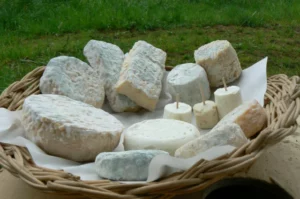
Finally, it’s important to consider your own immune system. If you have health problems, you may be more susceptible to the harmful effects of mold toxins. In these cases, it’s probably best to avoid moldy cheese altogether.
But don’t worry, with these guidelines, you can enjoy your cheese safely and confidently. As a cheese professional, I can assure you that cheese is a delicious and healthy addition to any diet, as long as it’s consumed safely and responsibly.
So there you have it – the fascinating world of moldy cheese! While it can be absolutely delicious, it’s important to know what you’re eating and whether it’s safe. Always use your best judgment, and remember that in most cases, a little bit of mold on hard cheese won’t do you any harm.
